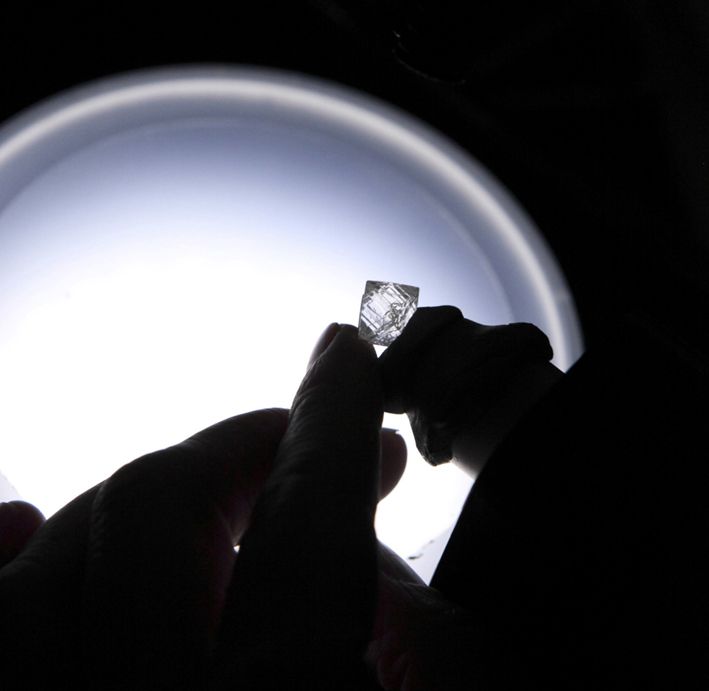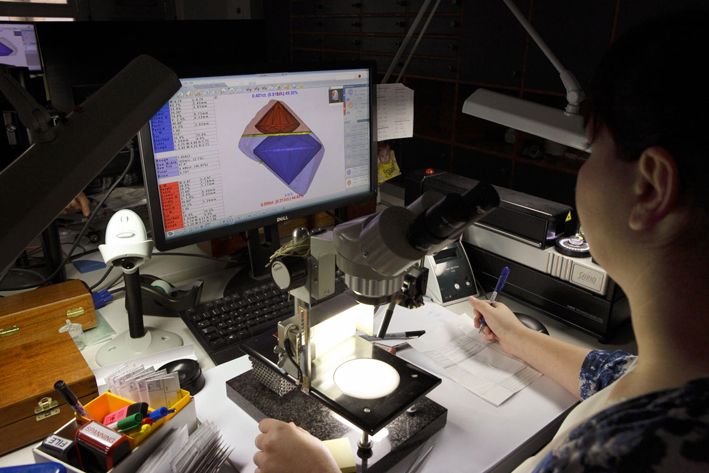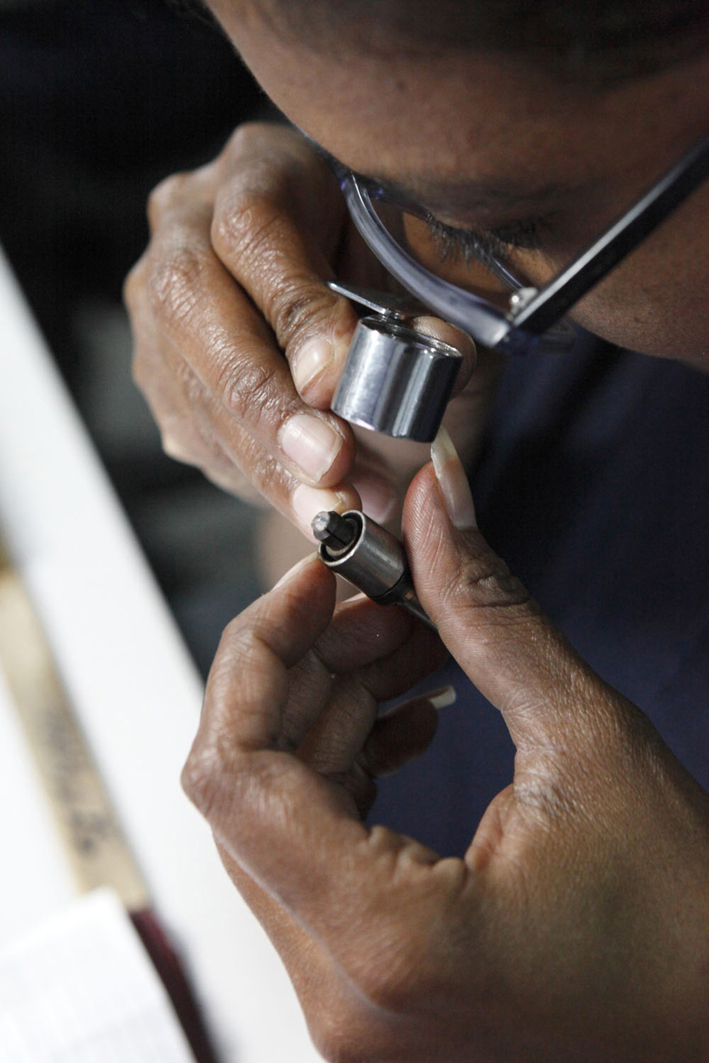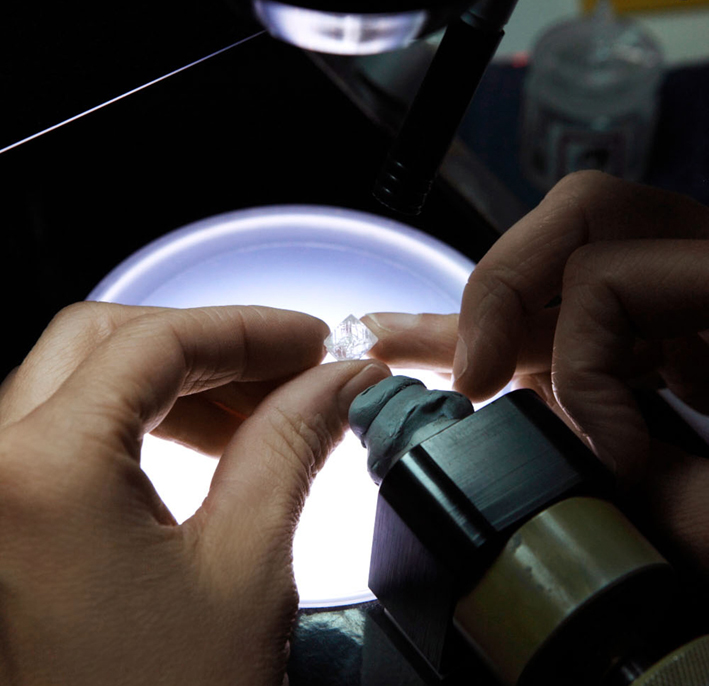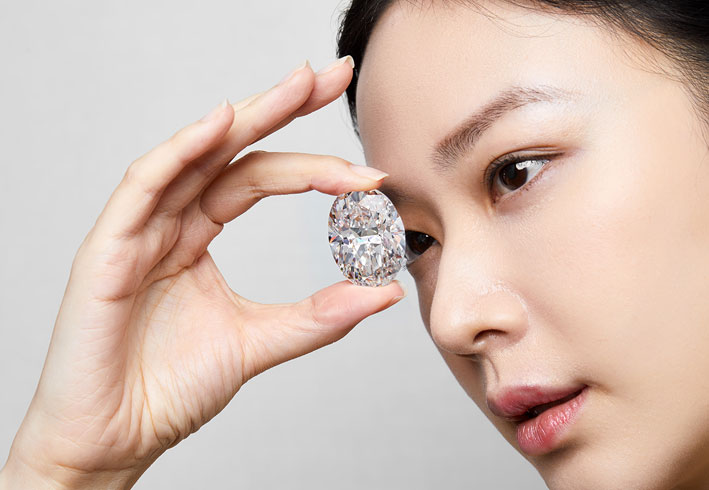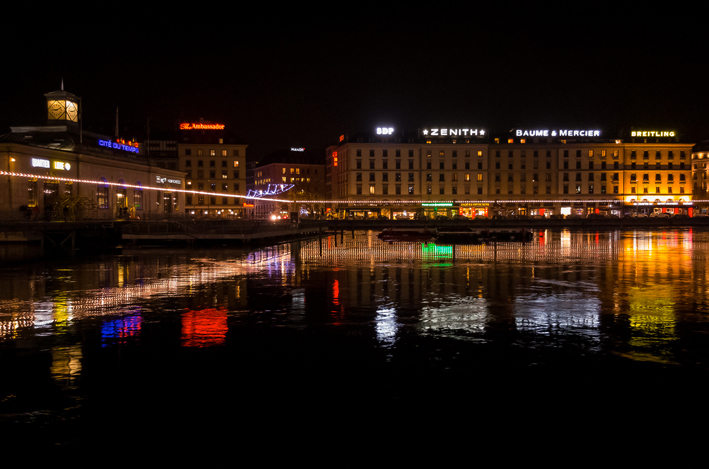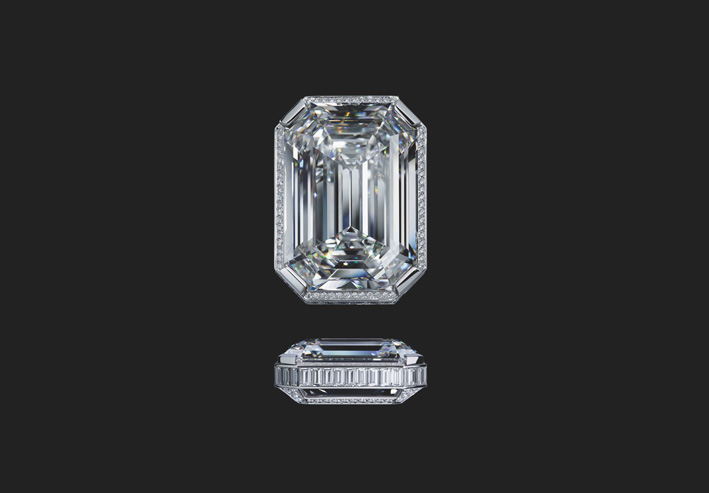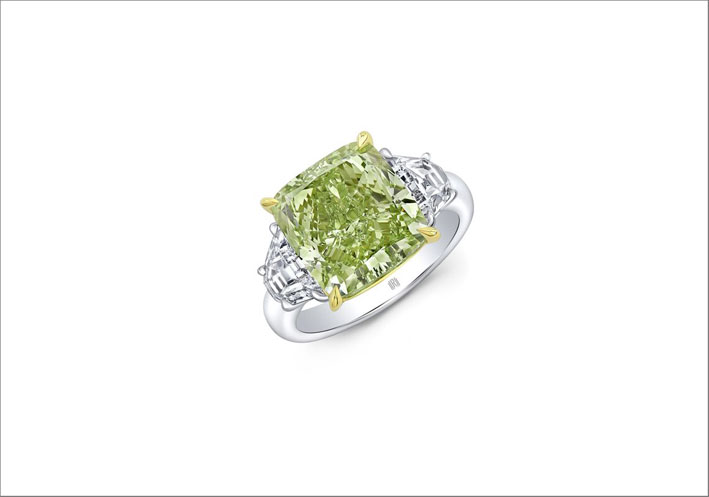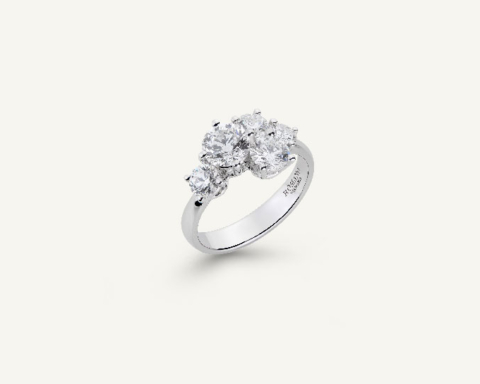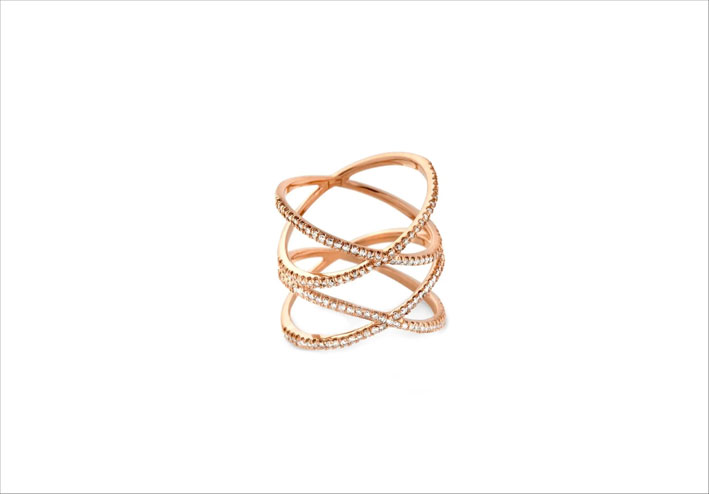Revolution in Tiffany: the Maison has decided to make transparent the origin of the diamonds used in its jewels ♦ ︎
The polls have highlighted it for some time: the audience of those who are not satisfied with buying a closed box diamond widens, even if the packaging is of a prestigious brand. The big jewelry brands have understood this, and they increasingly emphasize the “virtuous” origin of the materials used to make their collections. Even Tiffany decided to take the path of sustainable jewelry with a strong initiative, especially considering the large amount of jewelry that produces and sells. Tiffany, in fact, operates diamond polishing workshops all over the world, where it employs more than 1,500 artisans.
In fact, Tiffany has announced that it will reveal the provenance of its diamonds. Not only that: it undertakes to provide information on the traceability of the stones in a completely transparent way.

Stone suppliers will also have to sign a guarantee certifying that diamonds do not come from conflict zones, explicitly indicating the geographic origin (region or countries of origin) of polished diamonds sold to Tiffany.
In short, the customers of the American Maison will know from which region or country the diamonds come from. And this is also possible thanks to new technologies, which allow traceability of products in a more secure and transparent way, for example with the use of the blockchain system. Moreover, by 2020 Tiffany will provide information on the craft process used and this is a novelty in the sector. Tiffany’s petticoat operation also has a name: Diamond Source and, explains the company, is the result of 20 years of investments aimed at ensuring a responsible approach to the procurement and craftsmanship of diamonds.
Diamonds with a weight of more of 0.18 carats are registered individually and a unique T&Co serial number is applied to all. It’s laser engraved on the stone, but not visible to the naked eye.
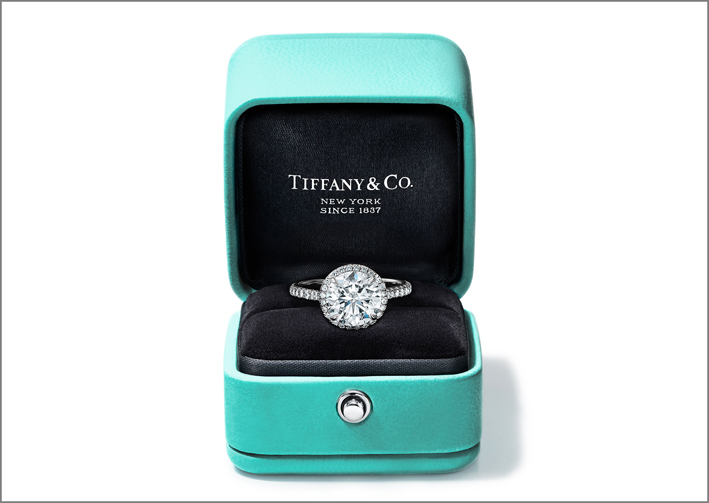
From that number we can trace the specific geographic origin of each stone. And this is to ensure that the stones have been mined in managed mines that do not come from conflict zones.
The new transparency practice begins immediately: in the first quarter of 2019 Tiffany will begin to include information on provenance in the Tiffany Diamond Certificate for individually registered diamonds, adding also other specifications, ie information that is not reported in the reports of other laboratories in the sector or that they are not supplied by other luxury jewelery manufacturers of global importance. In 2020, in addition to data on provenance, the Maison will begin to share information on the craft process, including indications on the place where the cutting and polishing were carried out.
Diamonds were formed 3 billion years ago and have surfaced on the earth’s surface for a miracle of nature. Symbolize the most important moments of our lives and, when it comes to Tiffany diamonds, everything must be clear. Our customers want and deserve to know the provenance of their precious and beloved diamond jewelry and to know how they came to us.
Alessandro Bogliolo, Ceo di Tiffany

If the origin of the diamond is unknown (as in the case of Tiffany Heritage stones, which were used before the adoption of this policy), Tiffany will confirm that the diamond in question has been extracted using the most advanced techniques. Tiffany standards exceed the requirements of the Kimberley Process Certification (which certify an illegal origin of stone) established for rough diamonds and, for polished stones, the Tiffany Diamond Source Warranty Protocol is complied with. If, for example, a diamond belongs to a lot bought from a trusted supplier and has undergone several operations managed responsibly, it will be called Botswana. In this case yes it deals with rough diamonds mined in Botswana and in selected mines of Namibia, South Africa or Canada, which strictly follow the Kimberley Process Certification protocol although they are not traceable.
Tiffany & Co. has long been committed to ensuring the traceability of diamonds and to exceeding industry standards to promote the protection of the environment and human rights. A transparent description of the responsible procurement process reflects the multiple benefits that characterize each stage of the diamond supply chain.
Anisa Kamadoli Costa, Chief Sustainability Officer of Tiffany & Co
